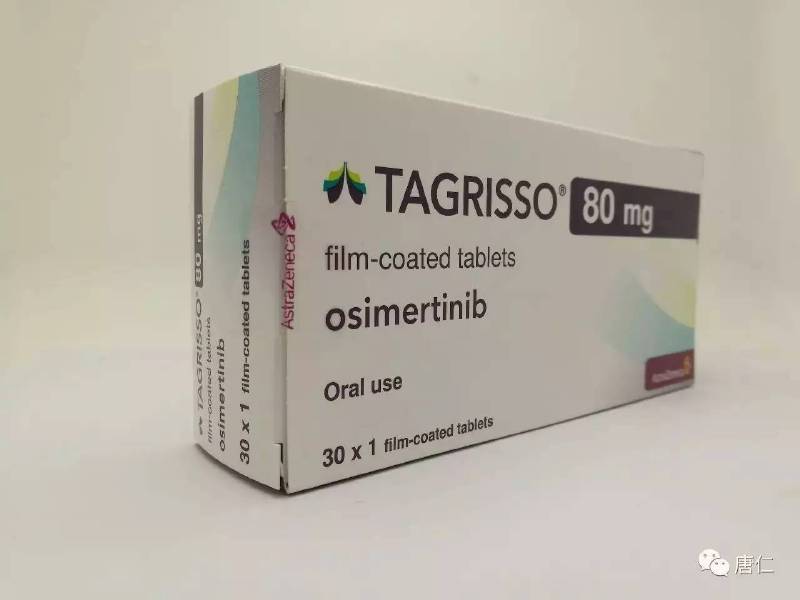Price cut wins NICE OK for AZ’s Tagrisso in untreated lung cancer

UK cost-effectiveness watchdog NICE has changed its stance on AstraZeneca’s Tagrisso as a first-line therapy for non-small cell lung cancer (NSCLC) after an improved “commercial arrangement” with the company.
NICE has turned down Tagrisso in the past in previously-untreated, EGFR-positive NSCLC but has now given its blessing to that use of the drug, as well as for second-line treatment of patients with the T790M resistance mutation subtype.
The change of heart – thanks to an undisclosed price cut off the drug’s £5,770 per 30-tablet bottle list price – means that Tagrisso is now “a cost-effective use of NHS resources” and can be routinely prescribed for around 1,800 people in England with advanced EGFR-positive NSCLC.
The deal “not only benefits patients but is also a fair price for taxpayers,” said John Stewart, NHS Director of Specialised Commissioning.
First-line use of Tagrisso in these patients is behind a surge in sales of the drug over the last couple of years, spearheading a recovery in AZ’s fortunes and a fast-growing new oncology franchise. Sales of the drug grew more than 40% to top $2 billion in the first half of 2020, consolidating its position as AZ’s top-selling product.
Last year, the drugmaker launched an appeal against NICE’s rejection of Tagrisso in untreated patients, which held that the drug hadn’t yet shown that it was able to improve overall survival as well as older, cheaper EGFR drugs.
The drug’s price also excluded it from inclusion on the Cancer Drugs Fund (CDF), and NICE also ruled that Tagrisso did not qualify as an ‘end of life’ therapy under rules that give extra financial leeway to drugs for patients with less than two years to live.
Since the coronavirus outbreak Tagrisso has been available to untreated patients under temporary NHS rules designed to allow treatment flexibility for cancer patients.
The decision was welcomed by patient organisation EGFR Positive, whose co-chair – Jenny Abbott – said: “Osimertinib is an important treatment option for these patients, with the potential to extend survival with fewer side effects compared to older treatments.”
NICE said there is clinical trial evidence showing that Tagrisso stalls cancer growth longer than treatment with two older EGFR drugs, Roche’s Tarceva (erlotinib) and AZ’s Iressa (gefitinib).
However, it added there is still no direct evidence comparing the treatment with Boehringer Ingelheim’s Gilotrif (afatinib), which has been approved by NICE for first-line use since 2014.
Professor Sanjay Popat, consultant medical oncologist at The Royal Marsden NHS Foundation Trust, said the last year had been a difficult one for people living with cancer, as the pandemic has led to treatment interruptions and other challenges.
“I am delighted and relieved that osimertinib will now be offered as a first-line treatment to lung cancer patients with EGFR mutation-positive NSCLC,” he commented.
“Aside from the unprecedented survival benefit, osimertinib is also better tolerated by patients compared to first-generation medicines in the same class and has also been shown to impact cancer that has spread to the brain.”
NICE also delivered less positive news to two other drugmakers in its latest batch of guidance.
It turned down Pfizer’s Staquis (crisaborole) – also sold as Eucrisa in some markets including the US – as a second-line treatment for mild to moderate atopic dermatitis, and Celgene’s Revlimid (lenalidomide) as a maintenance treatment after an autologous stem cell transplant for newly-diagnosed multiple myeloma patients.


